1,2-Dimethoxy-4-methylbenzene

1,2-Dimethoxy-4-methylbenzene structure
|
Common Name | 1,2-Dimethoxy-4-methylbenzene | ||
|---|---|---|---|---|
| CAS Number | 494-99-5 | Molecular Weight | 152.190 | |
| Density | 1.0±0.1 g/cm3 | Boiling Point | 220.0±0.0 °C at 760 mmHg | |
| Molecular Formula | C9H12O2 | Melting Point | 22-23 °C(lit.) | |
| MSDS | Chinese USA | Flash Point | 72.6±21.3 °C | |
| Symbol |

GHS07 |
Signal Word | Warning | |
| Name | 3,4-Dimethoxytoluene |
|---|---|
| Synonym | More Synonyms |
| Density | 1.0±0.1 g/cm3 |
|---|---|
| Boiling Point | 220.0±0.0 °C at 760 mmHg |
| Melting Point | 22-23 °C(lit.) |
| Molecular Formula | C9H12O2 |
| Molecular Weight | 152.190 |
| Flash Point | 72.6±21.3 °C |
| Exact Mass | 152.083725 |
| PSA | 18.46000 |
| LogP | 2.41 |
| Vapour Pressure | 0.2±0.4 mmHg at 25°C |
| Index of Refraction | 1.490 |
| Water Solubility | insoluble |
Synonym:4-Methylveratrole Section 2 - COMPOSITION, INFORMATION ON INGREDIENTS
Risk Phrases: 36/37/38 Section 3 - HAZARDS IDENTIFICATION EMERGENCY OVERVIEW
Irritating to eyes, respiratory system and skin. Potential Health Effects Eye: Causes eye irritation. Skin: Causes skin irritation. May be harmful if absorbed through the skin. Ingestion: May cause gastrointestinal irritation with nausea, vomiting and diarrhea. May be harmful if swallowed. Inhalation: Causes respiratory tract irritation. May be harmful if inhaled. Chronic: No information found. Section 4 - FIRST AID MEASURES Eyes: Immediately flush eyes with plenty of water for at least 15 minutes, occasionally lifting the upper and lower eyelids. Get medical aid. Skin: Get medical aid. Flush skin with plenty of water for at least 15 minutes while removing contaminated clothing and shoes. Ingestion: Never give anything by mouth to an unconscious person. Get medical aid. Do NOT induce vomiting. If conscious and alert, rinse mouth and drink 2-4 cupfuls of milk or water. Wash mouth out with water. Inhalation: Remove from exposure and move to fresh air immediately. If not breathing, give artificial respiration. If breathing is difficult, give oxygen. Get medical aid. Do NOT use mouth-to-mouth resuscitation. Notes to Physician: Treat symptomatically and supportively. Section 5 - FIRE FIGHTING MEASURES General Information: As in any fire, wear a self-contained breathing apparatus in pressure-demand, MSHA/NIOSH (approved or equivalent), and full protective gear. During a fire, irritating and highly toxic gases may be generated by thermal decomposition or combustion. Use water spray to keep fire-exposed containers cool. Runoff from fire control or dilution water may cause pollution. Combustible liquid and vapor. Vapors are heavier than air and may travel to a source of ignition and flash back. Vapors can spread along the ground and collect in low or confined areas. Extinguishing Media: Use water spray, dry chemical, carbon dioxide, or chemical foam. Section 6 - ACCIDENTAL RELEASE MEASURES General Information: Use proper personal protective equipment as indicated in Section 8. Spills/Leaks: Absorb spill with inert material (e.g. vermiculite, sand or earth), then place in suitable container. Avoid runoff into storm sewers and ditches which lead to waterways. Clean up spills immediately, observing precautions in the Protective Equipment section. Remove all sources of ignition. Use a spark-proof tool. Provide ventilation. Section 7 - HANDLING and STORAGE Handling: Wash thoroughly after handling. Remove contaminated clothing and wash before reuse. Use with adequate ventilation. Avoid contact with eyes, skin, and clothing. Empty containers retain product residue, (liquid and/or vapor), and can be dangerous. Keep container tightly closed. Do not pressurize, cut, weld, braze, solder, drill, grind, or expose empty containers to heat, sparks or open flames. Keep away from heat and flame. Avoid breathing vapor or mist. Storage: Keep away from sources of ignition. Store in a tightly closed container. Store in a cool, dry, well-ventilated area away from incompatible substances. Section 8 - EXPOSURE CONTROLS, PERSONAL PROTECTION Engineering Controls: Facilities storing or utilizing this material should be equipped with an eyewash facility and a safety shower. Use adequate ventilation to keep airborne concentrations low. Exposure Limits CAS# 494-99-5: Personal Protective Equipment Eyes: Wear chemical splash goggles. Skin: Wear appropriate protective gloves to prevent skin exposure. Clothing: Wear appropriate protective clothing to prevent skin exposure. Respirators: Follow the OSHA respirator regulations found in 29 CFR 1910.134 or European Standard EN 149. Use a NIOSH/MSHA or European Standard EN 149 approved respirator if exposure limits are exceeded or if irritation or other symptoms are experienced. Section 9 - PHYSICAL AND CHEMICAL PROPERTIES Physical State: Solid or liquid Color: colorless Odor: Not available. pH: Not available. Vapor Pressure: Not available. Viscosity: Not available. Boiling Point: 133 - 135 deg C @ 50 mmHg Freezing/Melting Point: 22 - 23 deg C Autoignition Temperature: Not available. Flash Point: 85 deg C ( 185.00 deg F) Explosion Limits, lower: Not available. Explosion Limits, upper: Not available. Decomposition Temperature: Solubility in water: Insoluble. Specific Gravity/Density: 1.0509 Molecular Formula: C9H12O2 Molecular Weight: 152.19 Section 10 - STABILITY AND REACTIVITY Chemical Stability: Not currently available. Conditions to Avoid: Ignition sources, excess heat. Incompatibilities with Other Materials: Strong oxidizing agents. Hazardous Decomposition Products: Carbon monoxide, carbon dioxide. Hazardous Polymerization: Has not been reported Section 11 - TOXICOLOGICAL INFORMATION RTECS#: CAS# 494-99-5 unlisted. LD50/LC50: Not available. Carcinogenicity: 3,4-Dimethoxytoluene - Not listed by ACGIH, IARC, or NTP. Section 12 - ECOLOGICAL INFORMATION Section 13 - DISPOSAL CONSIDERATIONS Dispose of in a manner consistent with federal, state, and local regulations. Section 14 - TRANSPORT INFORMATION IATA Not regulated as a hazardous material. IMO Not regulated as a hazardous material. RID/ADR Not regulated as a hazardous material. Section 15 - REGULATORY INFORMATION European/International Regulations European Labeling in Accordance with EC Directives Hazard Symbols: XI Risk Phrases: R 36/37/38 Irritating to eyes, respiratory system and skin. Safety Phrases: S 26 In case of contact with eyes, rinse immediately with plenty of water and seek medical advice. S 37/39 Wear suitable gloves and eye/face protection. WGK (Water Danger/Protection) CAS# 494-99-5: No information available. Canada CAS# 494-99-5 is listed on Canada's DSL List. CAS# 494-99-5 is not listed on Canada's Ingredient Disclosure List. US FEDERAL TSCA CAS# 494-99-5 is listed on the TSCA inventory. SECTION 16 - ADDITIONAL INFORMATION N/A |
| Symbol |

GHS07 |
|---|---|
| Signal Word | Warning |
| Hazard Statements | H315-H319-H335 |
| Precautionary Statements | P261-P305 + P351 + P338 |
| Personal Protective Equipment | dust mask type N95 (US);Eyeshields;Gloves |
| Hazard Codes | Xi:Irritant; |
| Risk Phrases | R36/37/38 |
| Safety Phrases | S26-S36-S37/39 |
| RIDADR | NONH for all modes of transport |
| WGK Germany | 3 |
| Precursor 9 | |
|---|---|
| DownStream 10 | |
|
Abundance and reactivity of dibenzodioxocins in softwood lignin.
J. Agric. Food Chem. 50(4) , 658-66, (2002) To define the abundance and comprehend the reactivity of dibenzodioxocins in lignin, model compound studies, specific degradation experiments on milled wood lignin, and molecular modeling calculations... |
|
|
Phoenix dactylifera L. spathe essential oil: chemical composition and repellent activity against the yellow fever mosquito.
Acta Trop. 128(3) , 557-60, (2013) Date palm, Phoenix dactylifera L. (Arecaceae), grows commonly in the Arabian Peninsula and is traditionally used to treat various diseases. The aim of the present study was to identify chemical compos... |
|
|
Pi-Pi complexation of bupivacaine and analogues with aromatic receptors: implications for overdose remediation.
Int. J. Nanomedicine 2 , 449-59, (2007) The interaction of the important but often overdosed local anesthetic bupivacaine, its structural analogs 2,6-dimethylaniline, and N-methyl-2,6-dimethylacetanilide, and cocaine, with several electron ... |
| 4-Methyl-1,2-dimethoxybenzene |
| 3,4-Dimethoxytoluene |
| MFCD00016651 |
| Benzene, 1,2-dimethoxy-4-methyl- |
| Benzene,1,2-dimethoxy-4-methyl |
| 1,2-Dimethoxy-4-methylbenzene |
| homoveratrol |
| Homoveratrole |
| 4-Methylveratrol |
| 4-Methylveratrole |
| EINECS 207-796-0 |
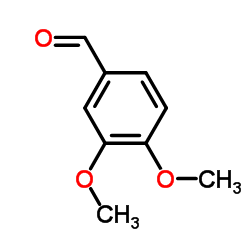 CAS#:120-14-9
CAS#:120-14-9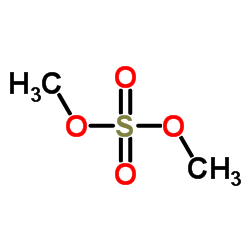 CAS#:77-78-1
CAS#:77-78-1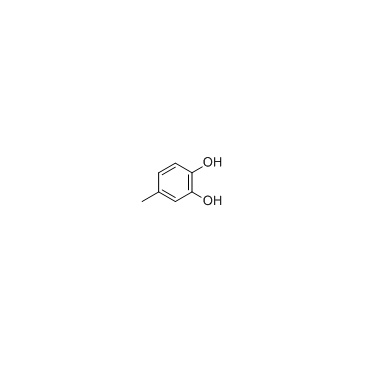 CAS#:452-86-8
CAS#:452-86-8![1,2-dimethoxy-4-[(2-methoxyphenoxy)methyl]benzene Structure](https://image.chemsrc.com/caspic/428/10548-82-0.png) CAS#:10548-82-0
CAS#:10548-82-0 CAS#:93-03-8
CAS#:93-03-8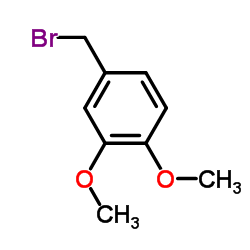 CAS#:21852-32-4
CAS#:21852-32-4 CAS#:22002-45-5
CAS#:22002-45-5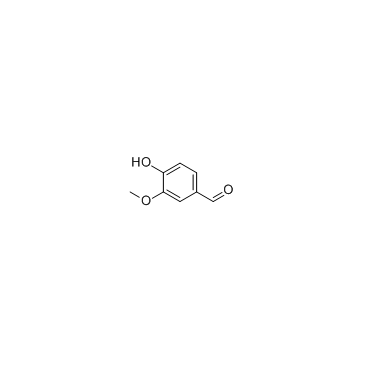 CAS#:121-33-5
CAS#:121-33-5 CAS#:53751-40-9
CAS#:53751-40-9 CAS#:51072-66-3
CAS#:51072-66-3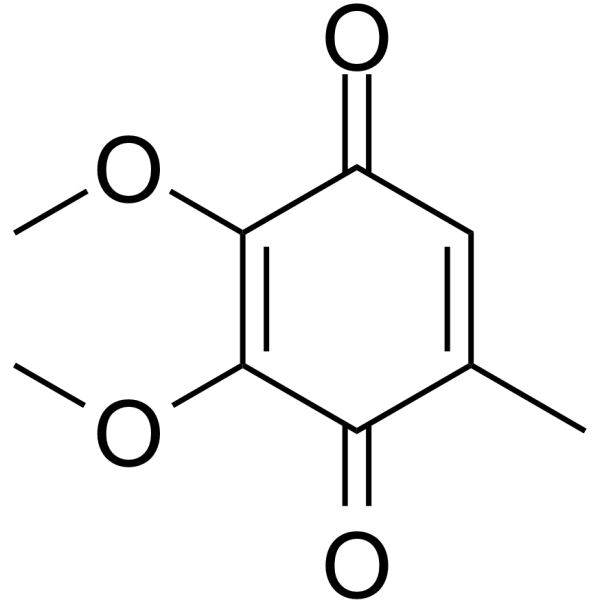 CAS#:605-94-7
CAS#:605-94-7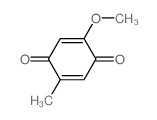 CAS#:614-13-1
CAS#:614-13-1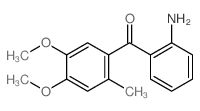 CAS#:23145-70-2
CAS#:23145-70-2 CAS#:18863-72-4
CAS#:18863-72-4 CAS#:33963-29-0
CAS#:33963-29-0
